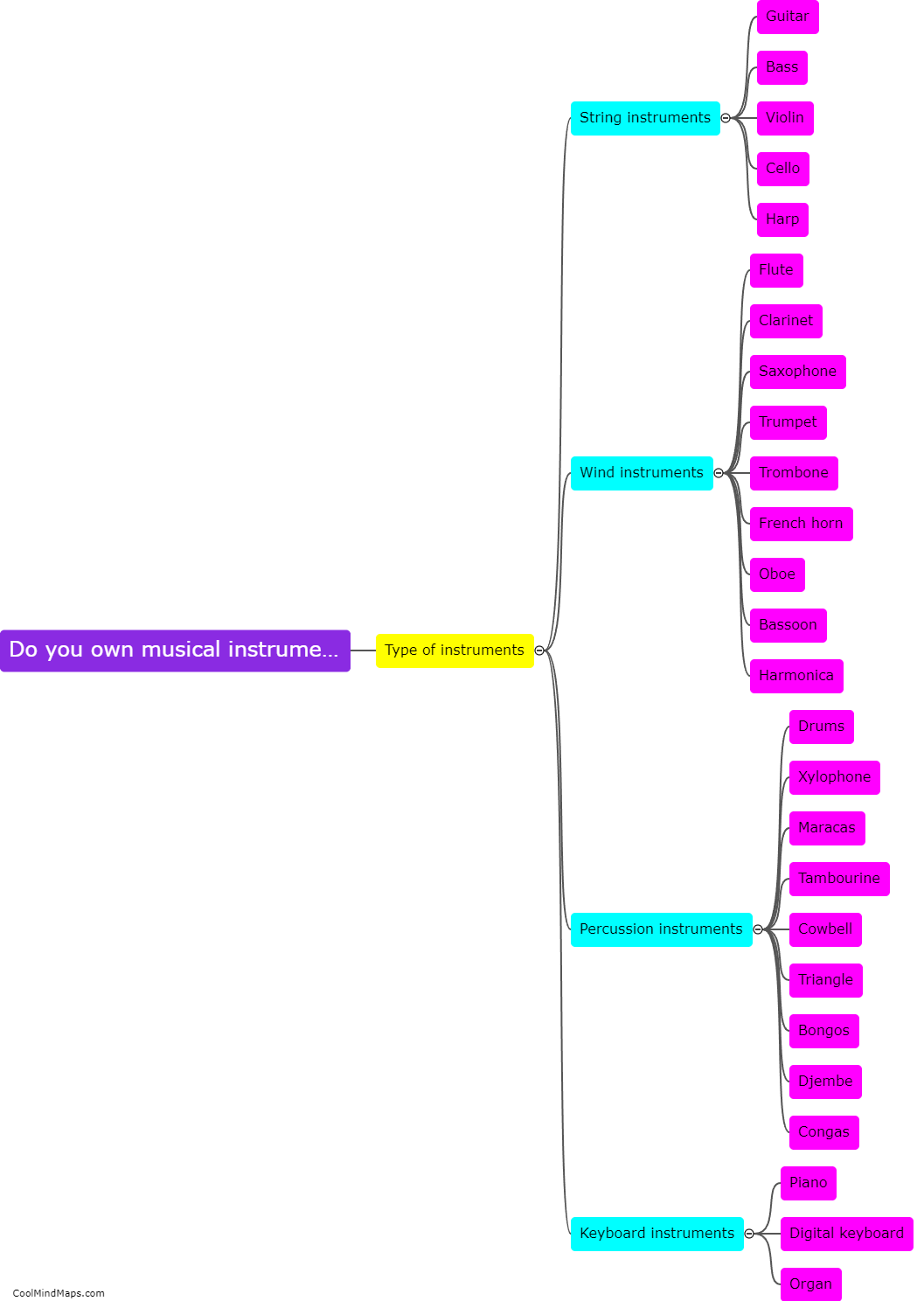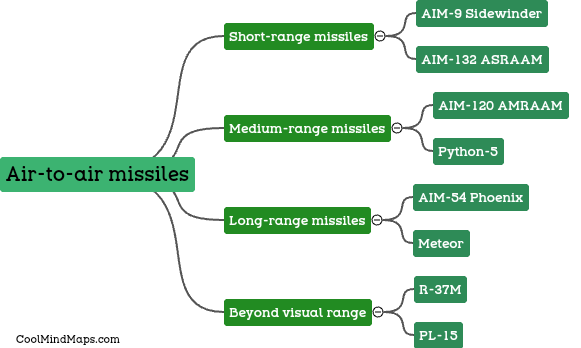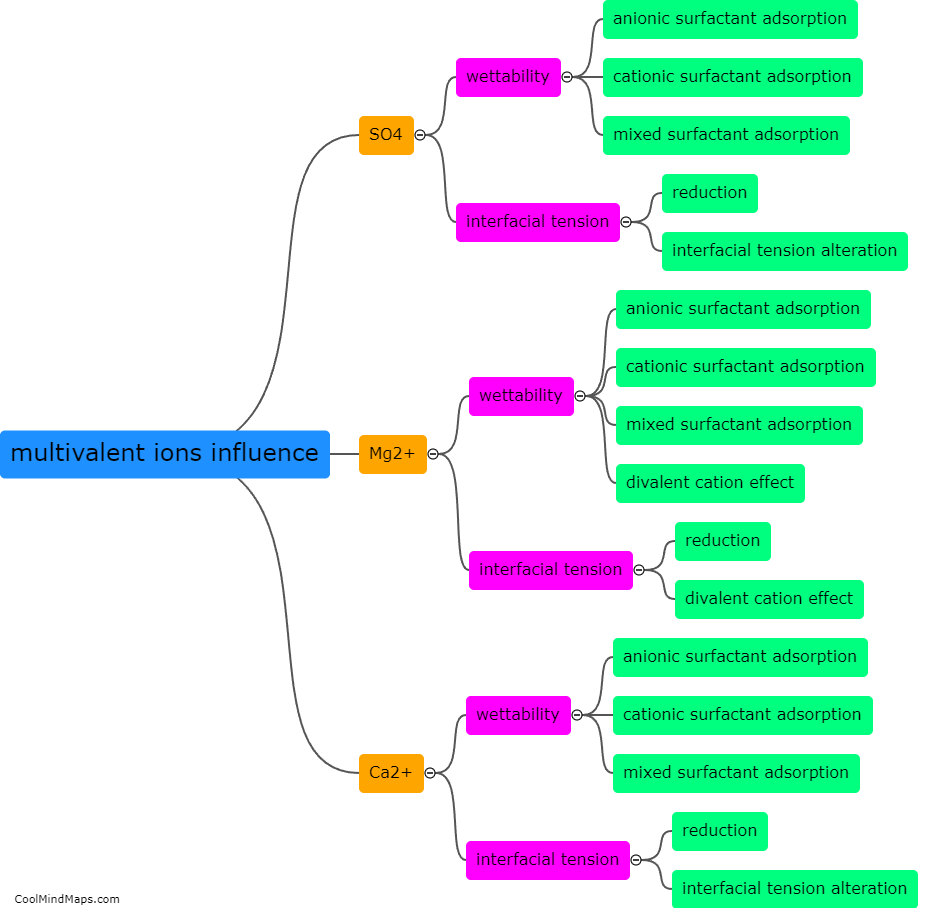Disadvantages of low salinity water flooding
One of the main disadvantages of low salinity water flooding in oil recovery is the potential for clay swelling. When low salinity water comes into contact with clay minerals in the reservoir, it can cause them to swell and reduce permeability. This can hinder the flow of oil and water through the reservoir, making the recovery process less efficient. Additionally, low salinity water flooding may not be as effective in displacing oil as high salinity water or other enhanced oil recovery techniques. This is because the low salinity water may not contain enough ions to compete with the existing reservoir brine for adsorption onto the rock surface, limiting its ability to displace and recover oil. Overall, while low salinity water flooding has shown promise in certain reservoirs, it is important to carefully consider and evaluate these disadvantages before implementing it as a primary oil recovery method.

This mind map was published on 20 December 2023 and has been viewed 94 times.
